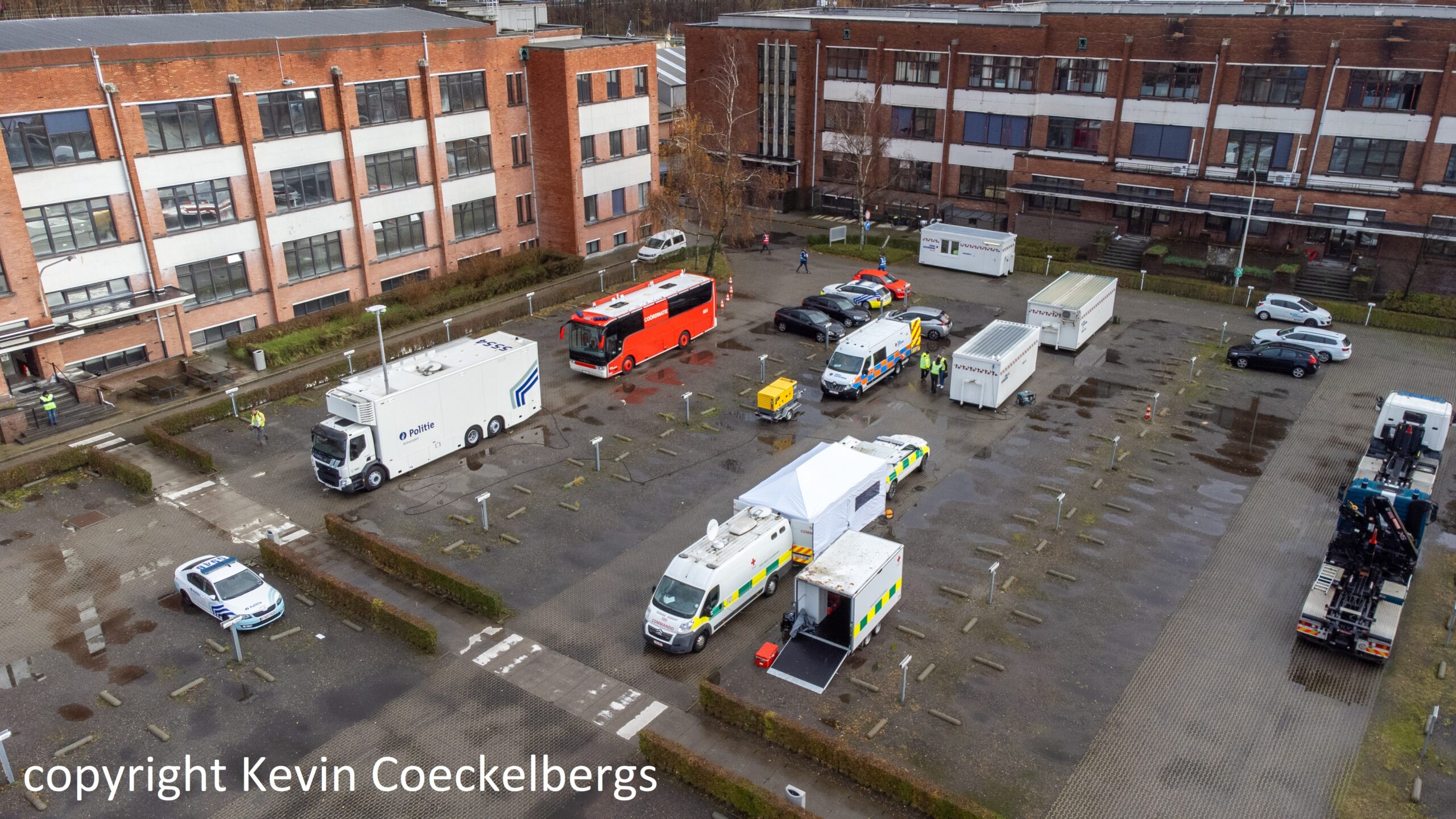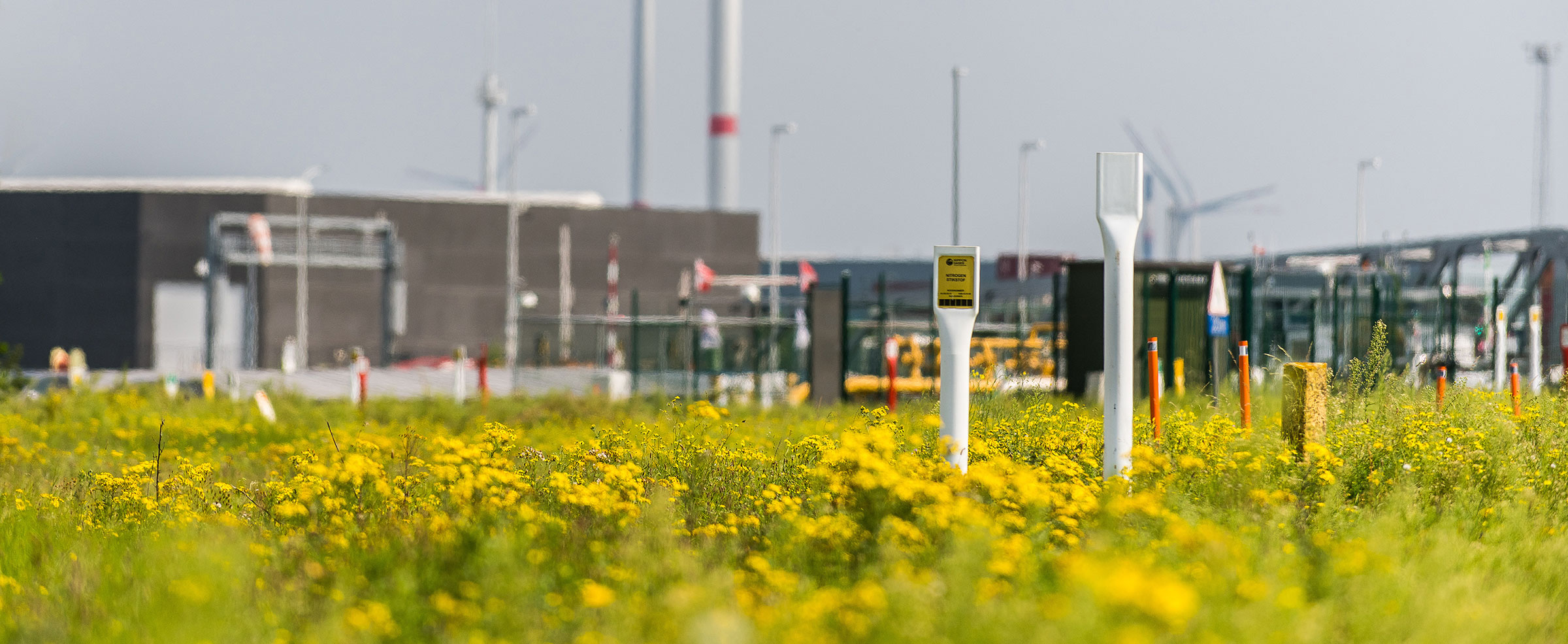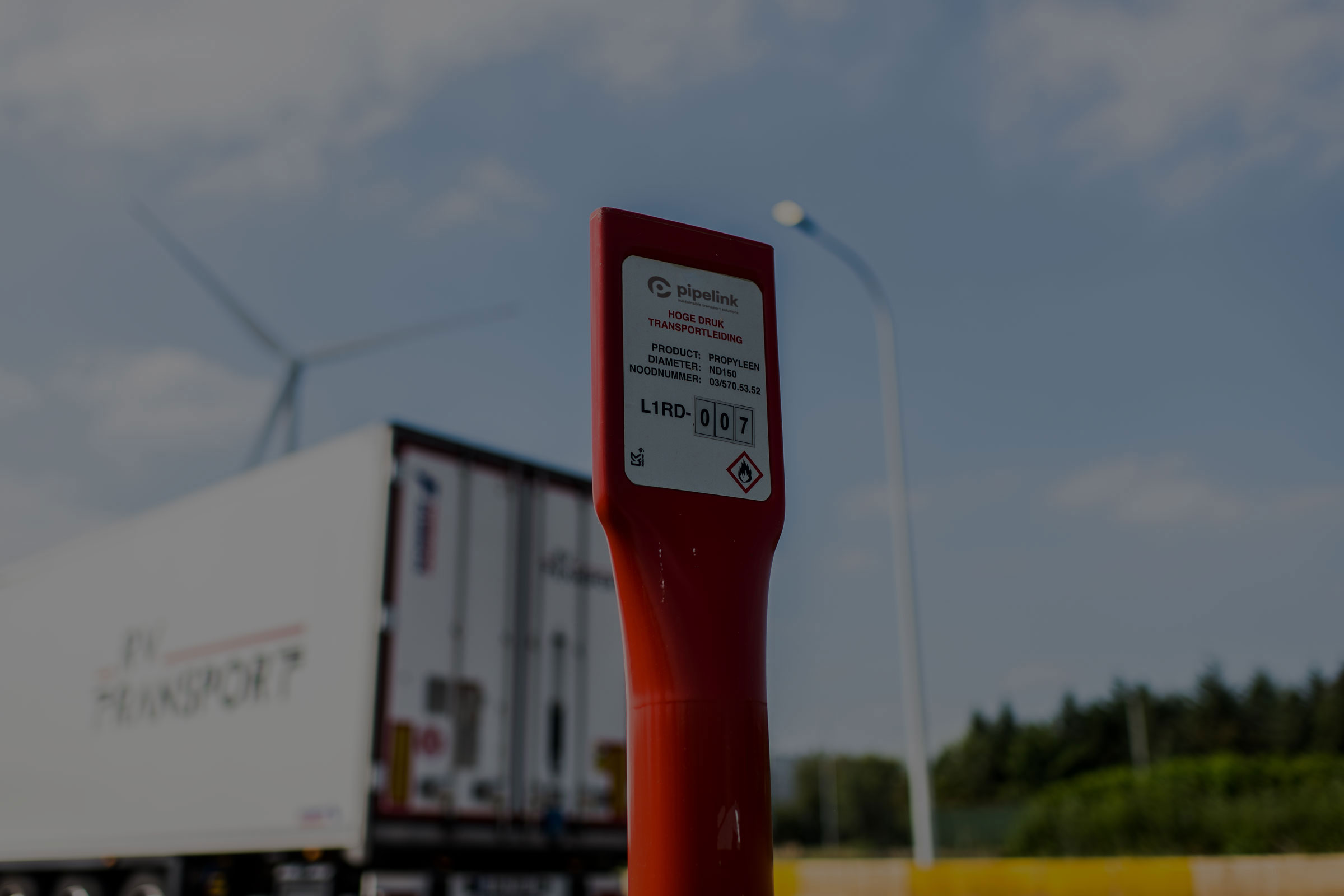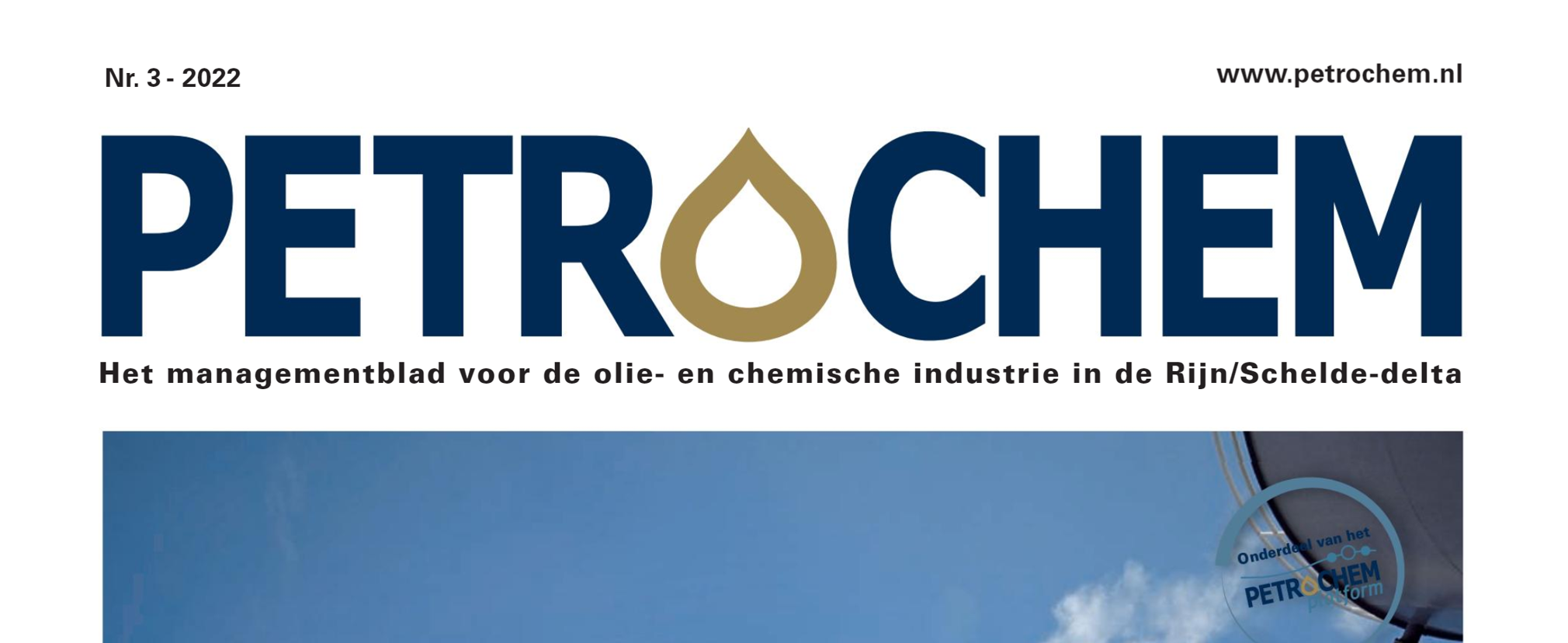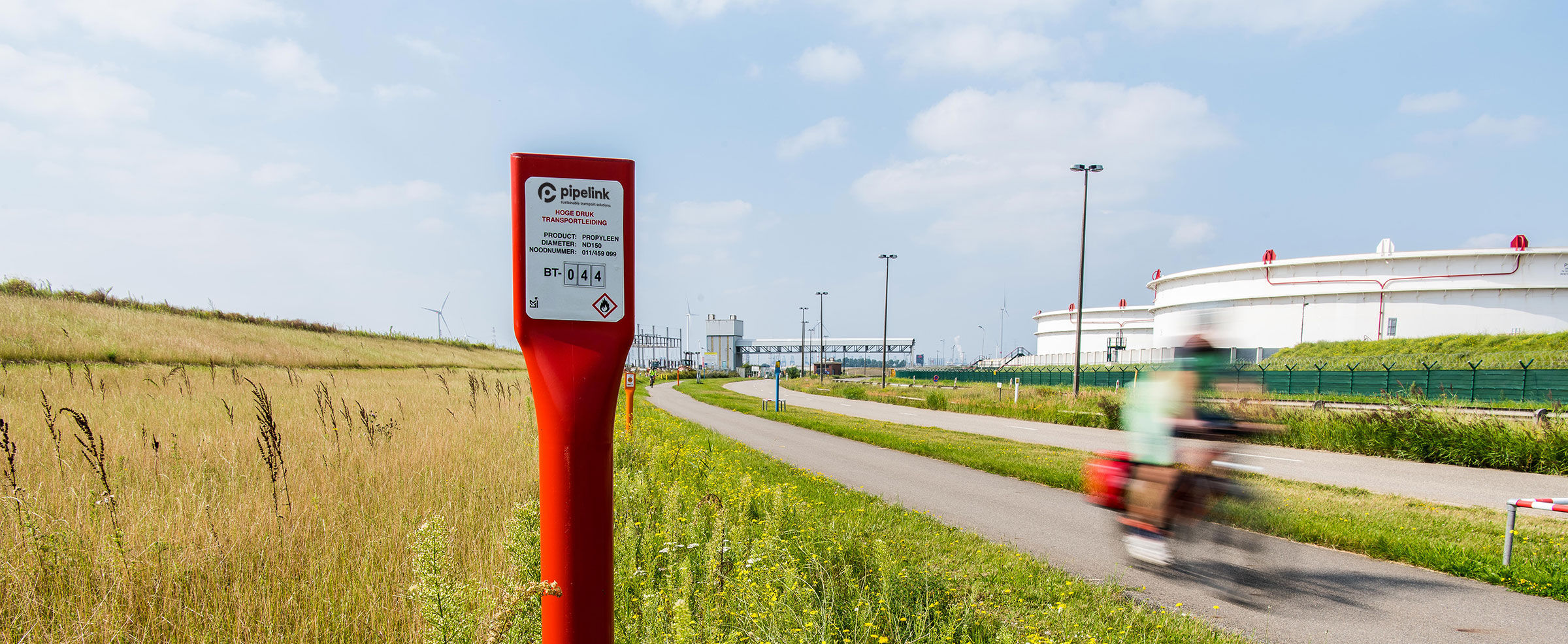Belgium and Norway sign Memorandum of Understanding for CO2 transport
Belgium and Norway have signed a Memorandum of Understanding (MoU) to make the transport of CO2 between the two countries possible. This initiative opens the door for firms to start projects and conclude contracts relating to Carbon Capture and Storage (CCS). For many energy intensive production plants, CCS is a crucial way of reducing their CO2 emissions. The MoU between Belgium and Norway is a major step in the battle against climate change. Through the agreement, firms can capture CO2 and safely transport it to locations where it can be stored or used for other purposes, such as industrial processes. The news is particularly favourable for Fluxys C-grid, a firm in which Pipelink is a shareholder alongside Fluxys, Socofé and SFPIM. Fluxys C-grid's aim is to develop a CO2 pipeline network (open access backbone) in Belgium. This MoU offers new possibilities for the further development of this infrastructure and contributes to the ambition of considerably reducing CO2 emissions in Belgium. The collaboration between Belgium and Norway underscores the importance of international collaboration in the battle against climate change. Through collective efforts, countries can work to reduce greenhouse gas emissions and promote sustainable development more efficiently and effectively. Want to know more about our approach? Read more news about Pipelink.

